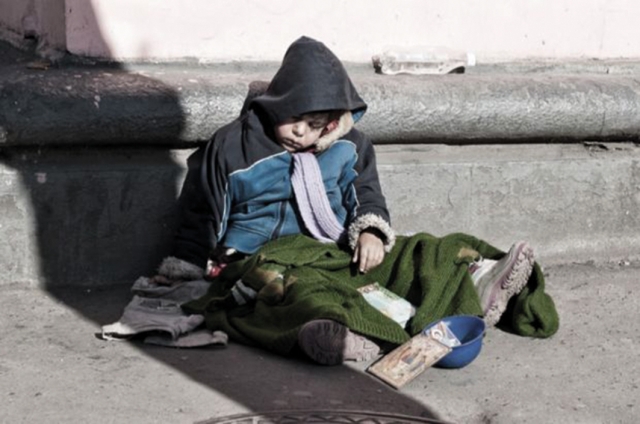Georgia Ranks 39th in Global Hunger Index 2019
Georgia ranks 39th in the Global Hunger Index 2019. The report covers 117 countries, among which there are no high-income countries.
This is the fourteenth annual publication of the Global Hunger Index (GHI), a report jointly published by Concern Worldwide and Welthungerhilfe.
The GHI ranks countries on a 100-point scale, with 0 being the best score (no hunger) and 100 being the worst. The GHI scores are based on a formula that captures three dimensions of hunger, insufficient caloric intake, child undernutrition, and child mortality, using four component indicators:
1. Undernourishment: the share of the population that is undernourished, reflecting insufficient caloric intake;
2. Child wasting: the share of children under the age of five who are wasted (low weight-for-height), reflecting acute undernutrition;
3. Child stunting: the share of children under the age of five who are stunted (low height-for-age), reflecting chronic undernutrition;
4. Child mortality: the mortality rate of children under the age of five.
Values less than 10.0 reflect low hunger; values from 10.0 to 19.9 reflect moderate hunger; values from 20.0 to 34.9 indicate serious hunger; values from 35.0 to 49.9 are alarming; and values of 50.0 or more are extremely alarming.
The survey shows that Georgia has a worse score than other countries in the region: Turkey ranks 15th, Russia 22nd, Azerbaijan 29th, and Armenia 30th.
The report reads that Georgia's hunger index has improved in 2019 compared to 2005, but the latest figure is worse than in 2010.
Georgia had the best ranking compared to its neighbor states in 2000, scoring 14.5 in the ‘Moderate’ hunger category, and the lowest score in 2010, 8.4. It is now worst in the region for the prevalence of child stunting: the report said 10.5% of children under five ‘have low height for their age, reflecting chronic undernutrition’. According to the Index, the biggest deterioration was in child wasting, the share of children under five ‘who have low weight for their height, reflecting acute undernutrition’. The share of wasted children jumped from 1.6% in 2010 to 4.3% in 2019.
GHI measures and tracks hunger at global, regional, and national levels. GHI scores are calculated each year to assess progress and setbacks in combating hunger. The GHI is designed to raise awareness and understanding of the struggle against hunger, provide a way to compare levels of hunger between countries and regions, and to call attention to those areas of the world where hunger levels are highest and where the need for additional efforts to eliminate hunger is greatest.
The 2019 report shows that 43 countries out of 117 have levels of hunger that remain serious. Four countries, Chad, Madagascar, Yemen, and Zambia, suffer from hunger levels that are alarming and one country, the Central African Republic, suffers from a level that is extremely alarming.
Concern Worldwide reports that climate change is affecting the global food system in ways that increase the threats to those currently already suffer from hunger and undernutrition.
“There is a strong correlation between GHI scores and levels of vulnerability/readiness to climate change. Countries with high GHI scores are often also highly vulnerable to climate change but have the least capacity to adapt; several countries with low GHI scores are the least vulnerable and most ready,” it stressed.
The organization added that climate change affects the quality and safety of food. It can lead to production of toxins on crops and worsen the nutritional value of cultivated food, reducing, for example, the concentrations of protein, zinc, and iron in crops.
“As a result, by 2050 an estimated additional 175 million people could be deficient in zinc and an additional 122 million people could experience protein deficiencies,” it underlined.
In the rating, the countries which have less than 5 points are 17 and were ranked together:
1. Belarus
2. Bosnia & Herzegovina
3. Bulgaria
4. Chile
5. Costa Rica
6. Croatia
7. Cuba
8. Estonia
9. Kuwait
10. Latvia
11. Lithuania
12. Montenegro
13. Romania
14. Slovak Republic
15. Turkey
16. Ukraine
17. Uruguay
The countries which have the worst indicators are Chad, Yemen and Central African Republic.
By Tea Mariamidze
Image source: Kviris Palitra












